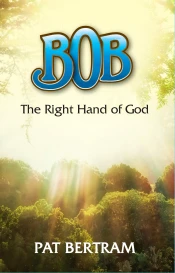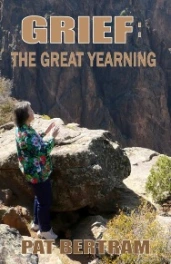 I recieved an email yesterday from a friend telling me she finished writing her book, and then she asked for advice about how to proceed in getting her book published. She said she is open to all venues — self-publishing, independent presses, agents and major publishers.
I recieved an email yesterday from a friend telling me she finished writing her book, and then she asked for advice about how to proceed in getting her book published. She said she is open to all venues — self-publishing, independent presses, agents and major publishers.
If you are in the same situation, the first thing you do is make sure you’ve edited the book, copyedited it, found people to read it to see if there are any obvious lacks, and made it the best book you possibly can.
What you do next depends on your goal. If you want to try to do it on your own without going through agents or publishers, there are plenty of self-publishing platforms to choose from such as Create Space, Amazon/Kindle, Lulu, Smashwords, Barnes & Noble/Nook. Do a bit of research to find the platform(s) that suits your needs. You don’t need an ISBN number for Amazon/Kindle or Barnes & Noble/Nook, though you do need one for most other venues.
If you want to try for a major publisher, research agents. You can find them at places like Preditors and Editors and Association of Authors’ Representatives. Look for agents who are interested in your genre. Once you have names, check out their websites to find submission requirements, and follow those requirements. If they say query letter only, don’t send samples of the manuscript. If they ask for the first three chapters, don’t send the whole manuscript.
If you decide to go with a small publisher, you can find a listing at Preditors and Editors and similar sites. Generally, you don’t need an agent for such publishers. Follow the same instructions as for agents, checking out their submission requirements and following them.
The query letter is your most important tool. Try to fit your letter to the particular agent or publisher. Always send to a particular person. Never use “Dear Sir” or “To Whom it May Concern.” Send a few letters out at a time (start with agents and publishers who will accept email submissions to save time and money). By doing only a few at a time, you can rewrite your query letter and synopsis as you get rejections. (Keep in mind a rejection at this stage only means they rejected your letter, not your manuscript.) The better your letter is, the better chance you have of getting someone interested in looking at your manuscript.
Click here to find out How to Write a Query Letter.
This is the query letter I wrote for More Deaths Than One. It got me an agent, but the agent couldn’t find a publisher. I found a publisher on my own when the agent’s contract expired.
Dear (Name):
The painting is of a pond with no ripples, surrounded by forest. Very serene. As Bob studies the painting, however, disquiet begins to creep over him, and he can almost see the monstrous thing that lives in the slime deep down at the bottom of the pool.
“I was trying to paint what’s in here,” he says, tapping his chest with a fist. Then he gestures to the painting. “I don’t know how that happened.”
When Bob Stark returns to Denver after almost two decades in Southeast Asia, he finds that, like his painting, nothing is as it seems. Not only does the city of his birth seem alien; the mother he buried years before has died again. Even worse, two men who appear to be government agents are hunting him for no reason that he can fathom.
Set in 1988, this novel, More Deaths Than One, explores what it is that makes us who we are. Is it our memories? Our experiences? Our natures?
Enclosed please find a synopsis and the first three chapters of this suspense novel. The finished manuscript of 80,000 words is available upon request.
Sincerely,
Pat Bertram
***
Pat Bertram is the author of the conspiracy novels Light Bringer, More Deaths Than One, A Spark of Heavenly Fire, and Daughter Am I. Bertram is also the author of Grief: The Great Yearning, “an exquisite book, wrenching to read, and at the same time full of profound truths.” Connect with Pat on Google+








